Puppy Quick Start Guide
Bringing home a new puppy is exciting and a big responsibility. Your job is to keep your puppy healthy, safe, and well-adjusted. This guide covers essentials like health, nutrition, potty training, and how to handle play biting.
Puppy Health Basics
Keeping your puppy healthy starts with consistent care. Here are the key priorities for proactive health:
Proper nutrition, regular exercise, and timely vaccinations form the foundation of your puppy’s health.
Puppies often mask signs of illness so it’s important to stay alert for subtle changes in behavior, appetite, or energy.
Preventative care is key: during the first year, your puppy will receive vaccinations against rabies, distemper, parvo, hepatitis, and other diseases depending on breed, region, and risk factors.
After the first year, booster shots or titer tests will help ensure lasting protection.
Pro-Tip: Puppies often hide signs of illness—trust your instincts if something feels off and check with your vet.
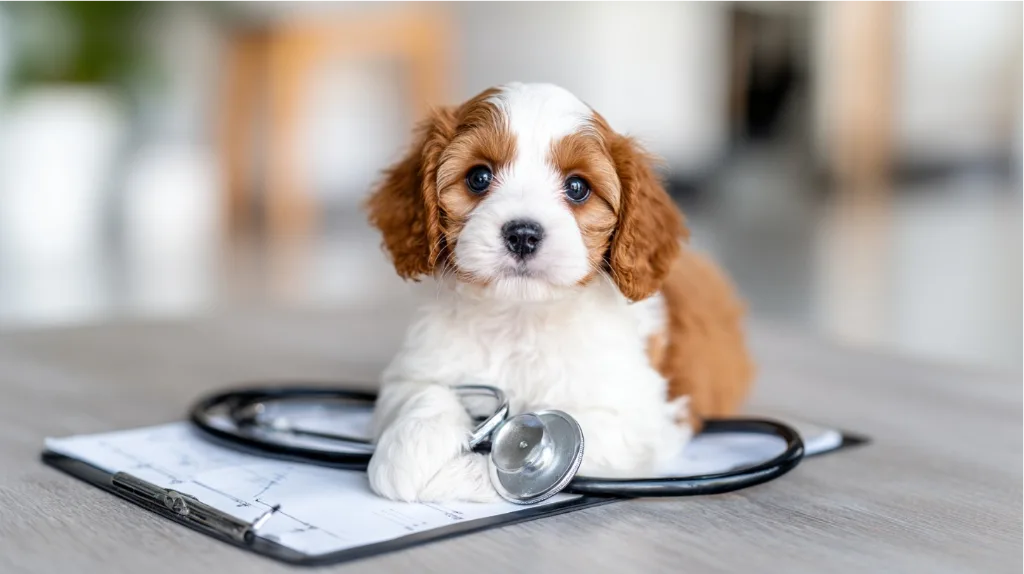
Nutrition & Feeding
Proper feeding sets the stage for lifelong health. Here’s what you need to know:
Choosing the right diet is one of the most important steps in supporting your puppy’s growth and long-term health.
Many families start with high-quality kibble designed for puppies, while others explore fresh or minimally processed alternatives such as gently cooked meals or raw food diets.
The most important factor is ensuring your puppy receives the right balance of protein, fat, vitamins, and minerals for their age and breed.
Always consult with your veterinarian to determine the best plan for your puppy’s needs.
Consistency and portion control are just as important as the specific food you choose.
Pro-Tip: Consistent meal times = consistent potty habits.
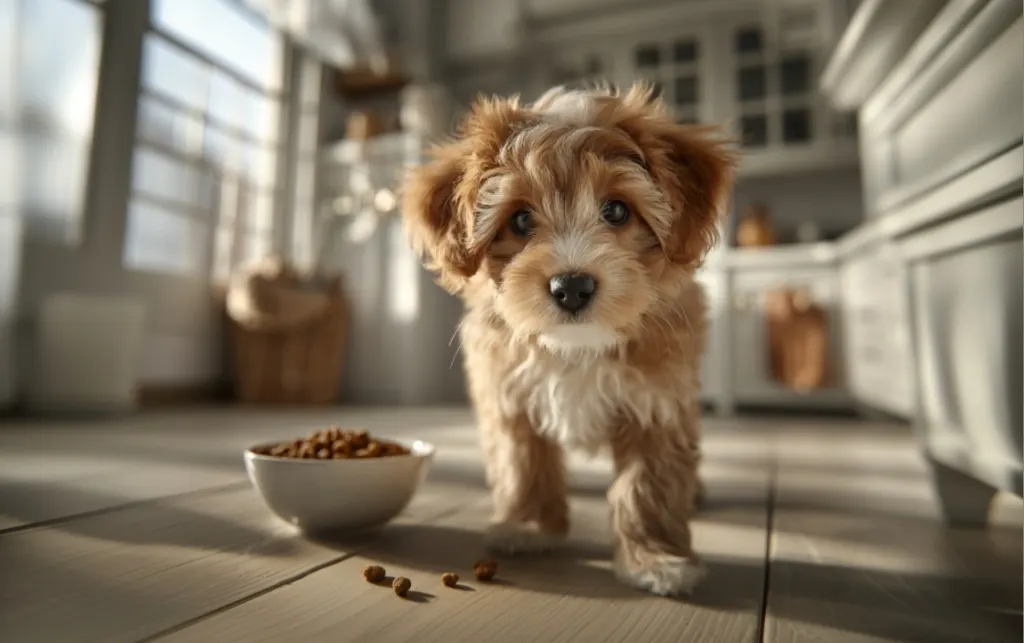
Managing Puppy Energy
Like toddlers, puppies have endless energy. A structured routine is key to channeling it constructively. Here’s a balanced approach:
Engage in interactive play, like fetch or tug, at least twice a day to burn off physical energy.
Aim for two to three daily walks for both exercise and mental stimulation from new environments.
Provide safe chew toys to redirect teething behavior and offer a calming, self-soothing activity.
Keep their minds sharp with short training sessions and puzzle toys to prevent boredom.
Pro-Tip: A tired puppy is a well-behaved puppy.
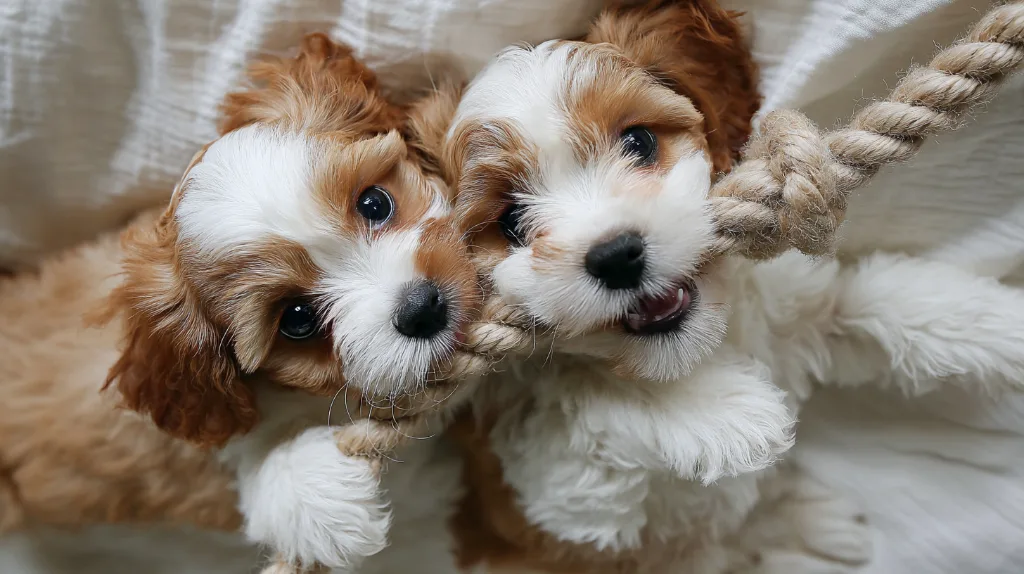
Grooming & Handling
Short-coated breeds need weekly brushing and occasional baths.
Medium or double-coated breeds benefit from frequent brushing and pro de-shedding every 6–8 weeks.
Curly or wavy coats require daily brushing and pro grooming every 4–6 weeks.
All dogs need routine nail trims, ear cleaning, and dental care.
Seek a professional if mats, overgrown nails, or coat care feel unmanageable.
Pro-Tip: Early positive grooming experiences prevent stress later in life.
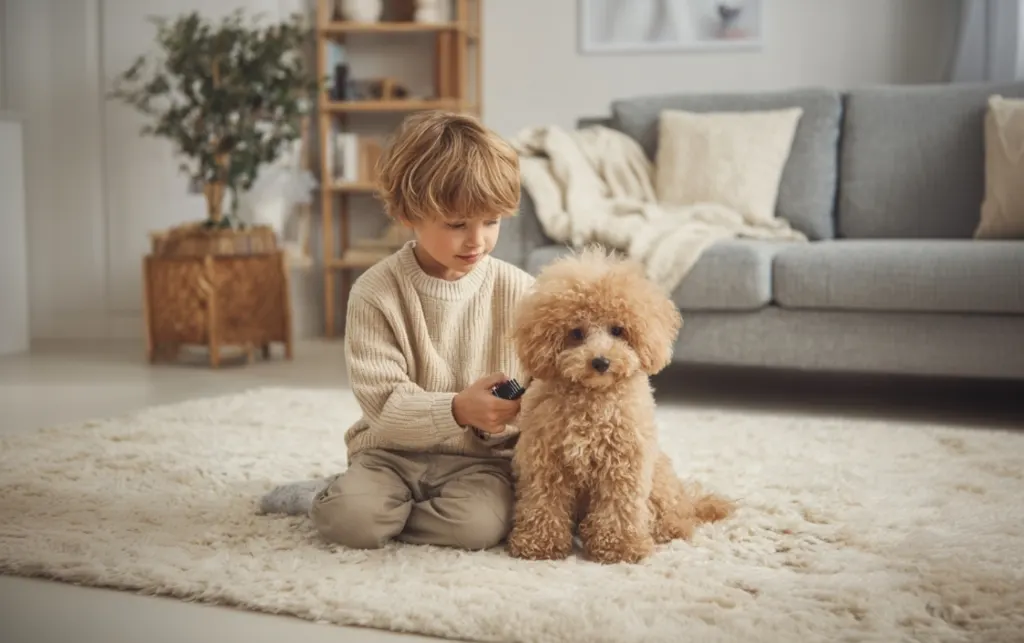
Socialization
Early socialization builds confidence and prevents fear. To raise a well-adjusted pup, safely introduce them to a wide variety of sights, sounds, and experiences while they are young.
People – Kids, adults, and those with hats or sunglasses.
Environments – Parks, sidewalks, stores, and car rides.
Sounds & Objects – Doorbells, vacuums, sirens, and traffic.
Other Animals – Playdates with vaccinated, friendly pets.
Pro-Tip: Carry treats on every walk — every new moment is a training opportunity.
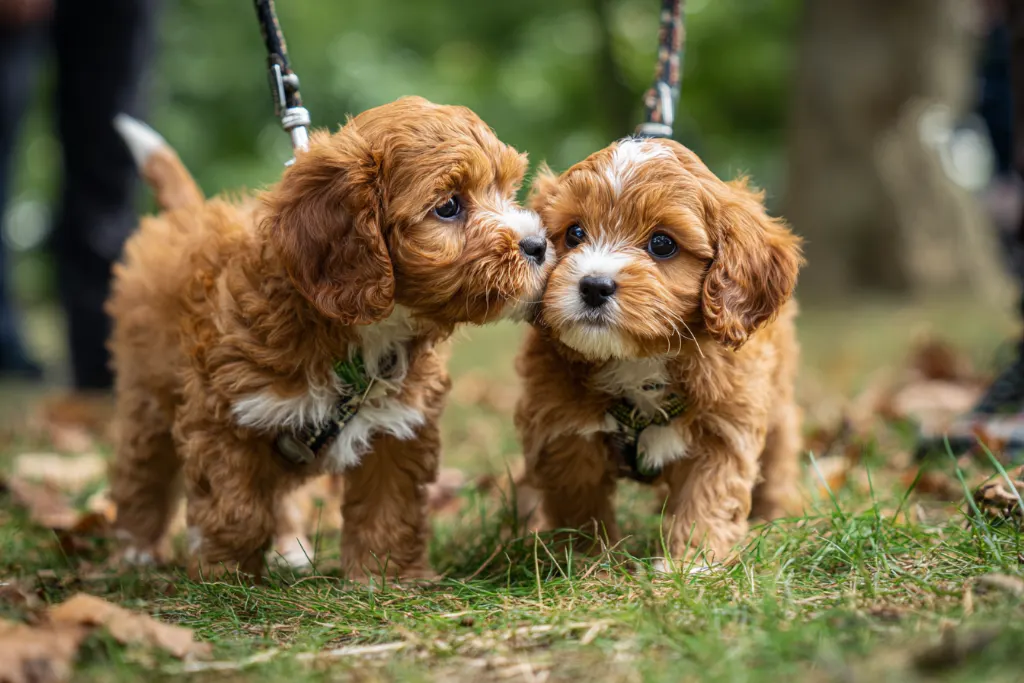
Stopping Play Biting & Nipping
Puppy teeth are sharp—teach bite control early.
Do This:
- Yelp & stop play to mimic littermates.
- Redirect biting to appropriate toys.
Avoid This:
- Avoid rough hand-play.
- Use taste deterrents only as a last resort.
Pro-Tip: Every bite is a teaching moment—consistency matters most.
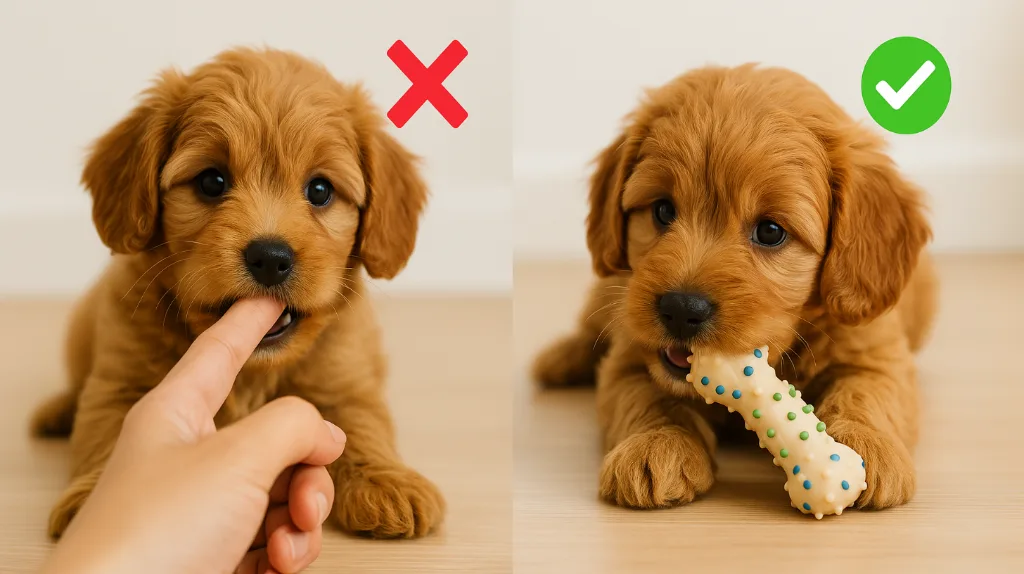
Basic Training 101
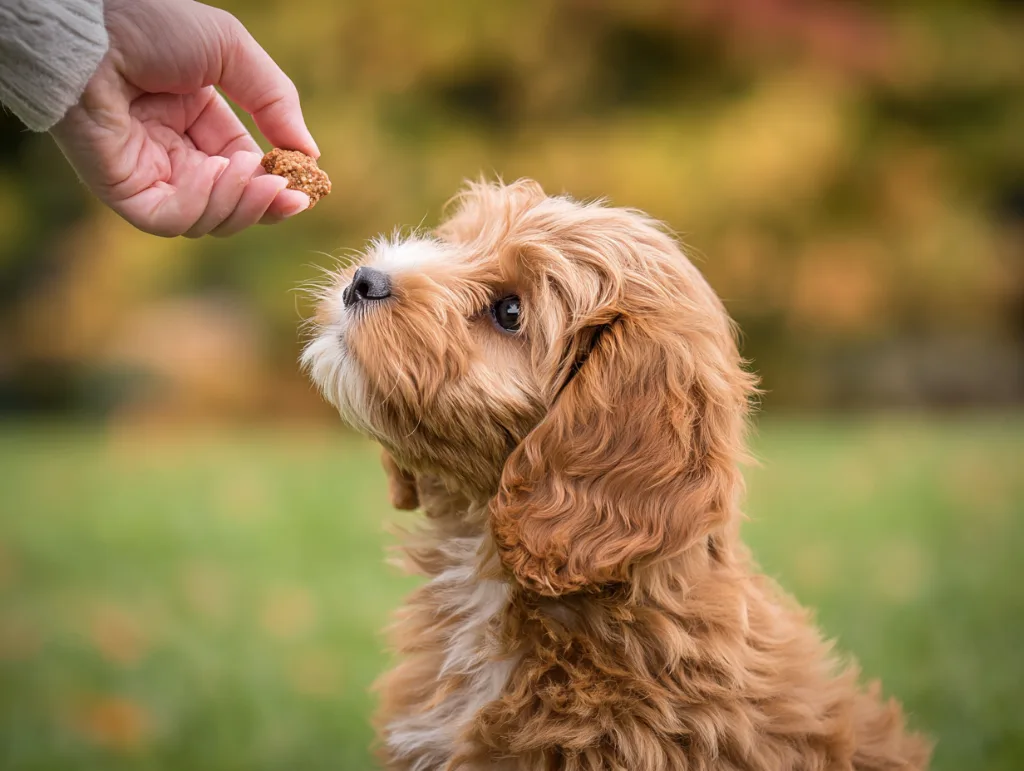
Start with our 9 essential commands. Each lesson is quick, fun, and designed to build a strong, loving bond with your puppy.
- 9 Essential Commands for a Great Start
- Just 5 Minutes of Practice Per Day
- Fun & Effective for All Skill Levels

9 Commands to Help Get You Started
Master these essential commands and watch your puppy transform into a confident, well-behaved companion. Each lesson is designed to be fun, effective, and perfect for beginners.
Sit
Come
Shake (Paw)
Down
Off
Drop It
Leave It
Stay
Roll Over
Common Mistakes to Avoid
Every new puppy parent makes mistakes! Here are a few friendly tips to keep your training positive and effective.
Keep It Positive
Focus on rewarding good behavior with treats and praise. Positive reinforcement builds trust and makes learning fun.
Be Consistent
Use the same words and hand signals for commands. Make sure everyone in the family is on the same page!
Short & Sweet
Puppies have short attention spans. Keep training sessions to just 5-10 minutes, a few times in a day, to prevent burnout.
Your Training Starter Kit
You don't need much to get started. Here are the four must-have tools for successful training.
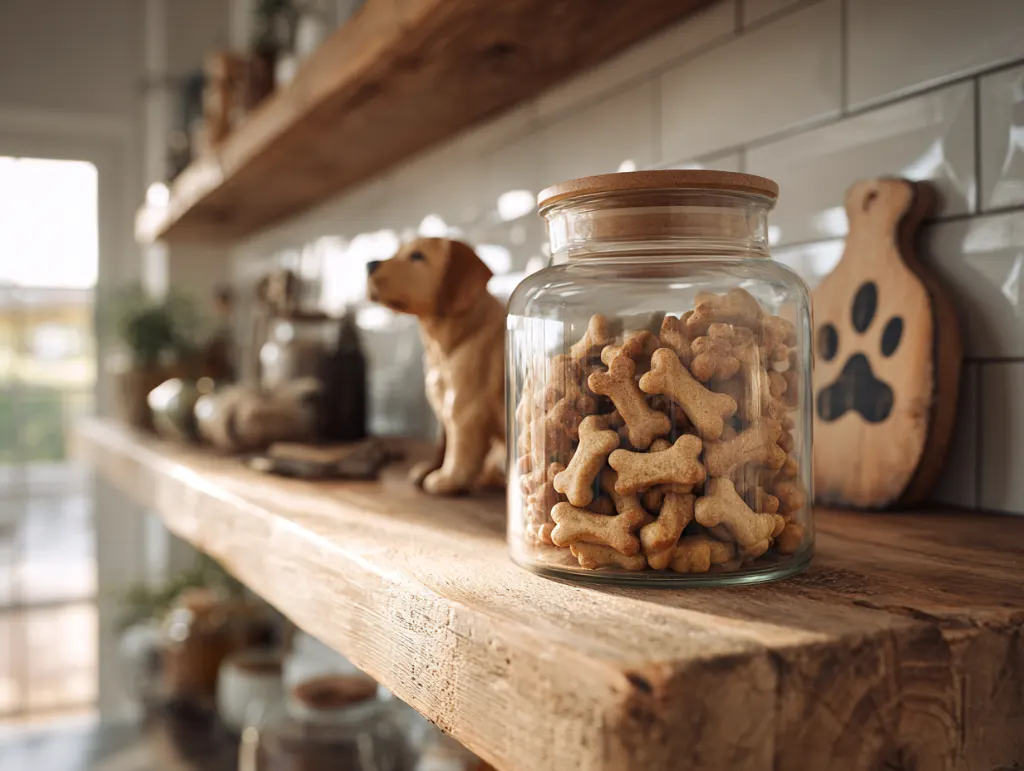
High-Value Treats
Small, tasty rewards
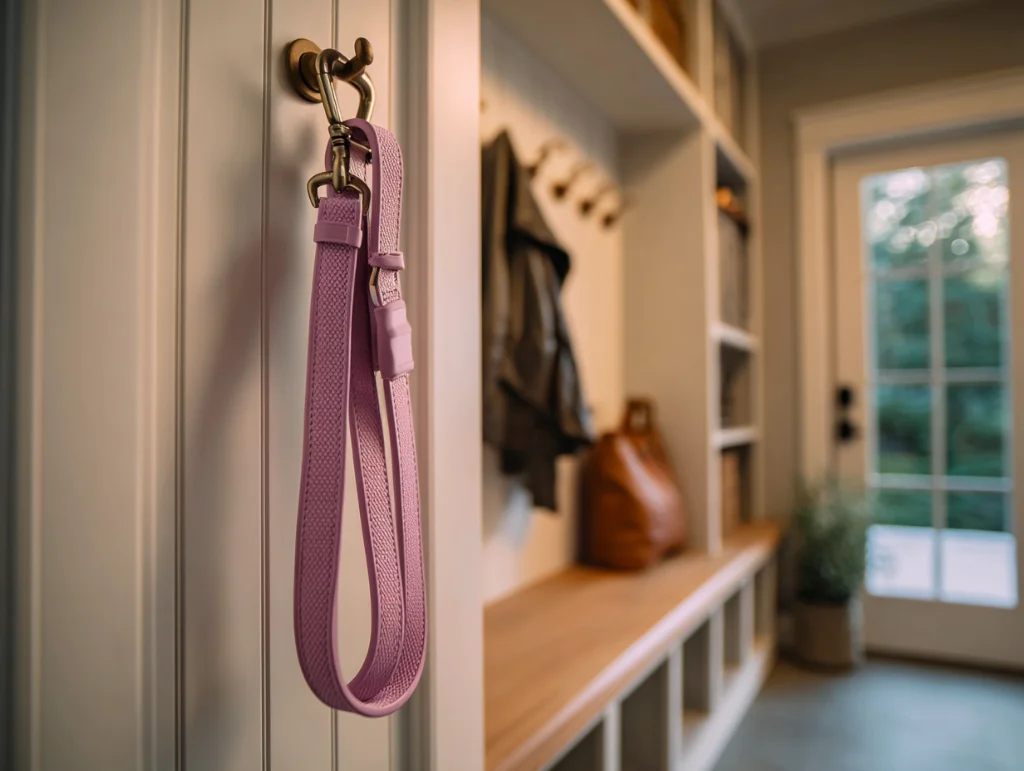
A Simple Leash
For safety and control
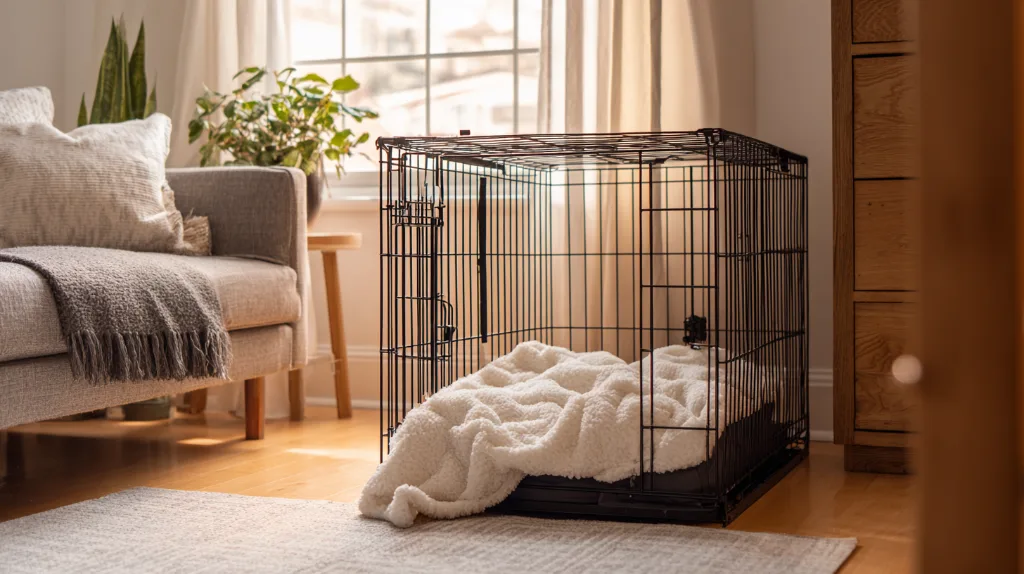
A Cozy Crate
Their personal safe space
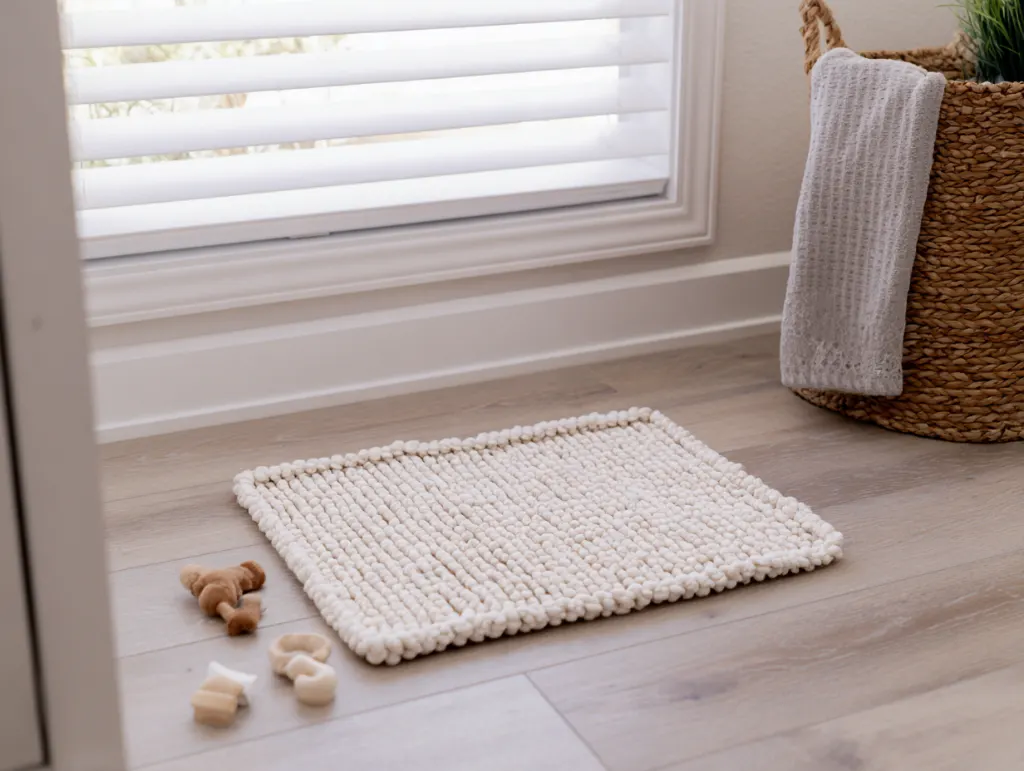
A Quiet Space
Fewer distractions
Beyond the Basics: What's Next?
Once you've mastered these commands, the fun doesn't have to stop. Continue building your bond and challenging your smart pup with these exciting next steps.
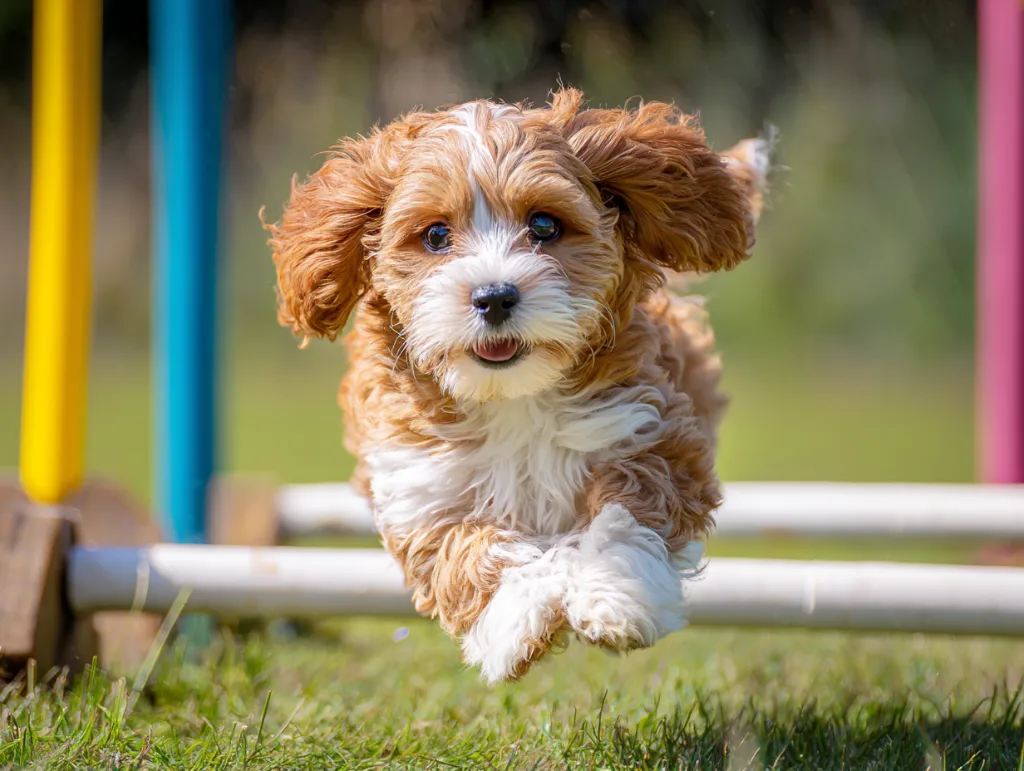
Agility Training
Channel your pup's energy into fun obstacle courses that build confidence, coordination, and strengthen your teamwork together.
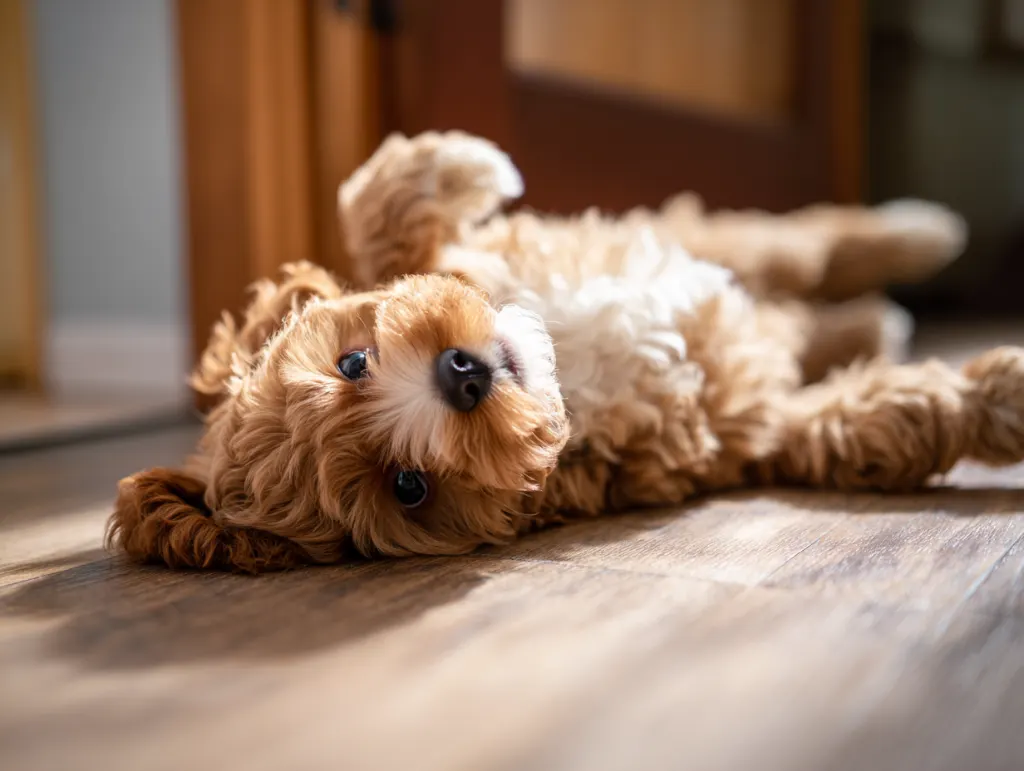
Fun Tricks
Teach impressive tricks like 'roll over', 'play dead', or 'high five' to dazzle friends and provide mental stimulation.
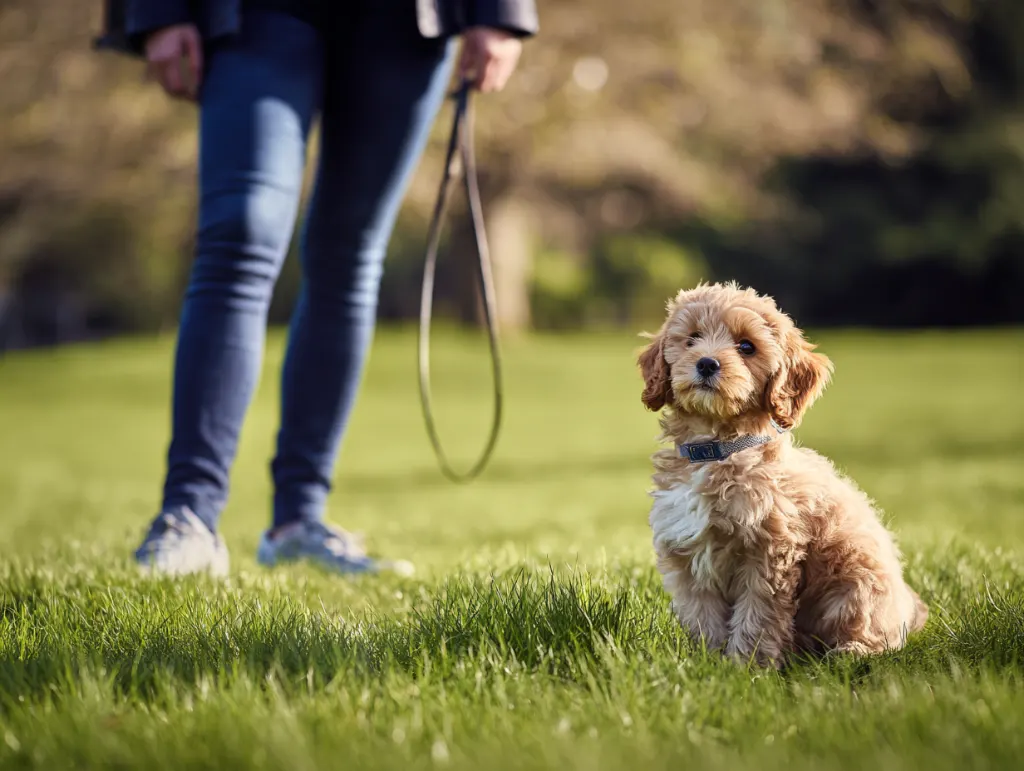
Advanced Obedience
Perfect off-leash control and prepare for Canine Good Citizen certification for a truly well-behaved companion.
The Foundation of Great Training
Basic training isn’t just about obedience — it’s about safety, trust, and communication. A few consistent words can help keep your puppy out of harm’s way, make life easier for your family, and give your dog confidence knowing what’s expected of them.